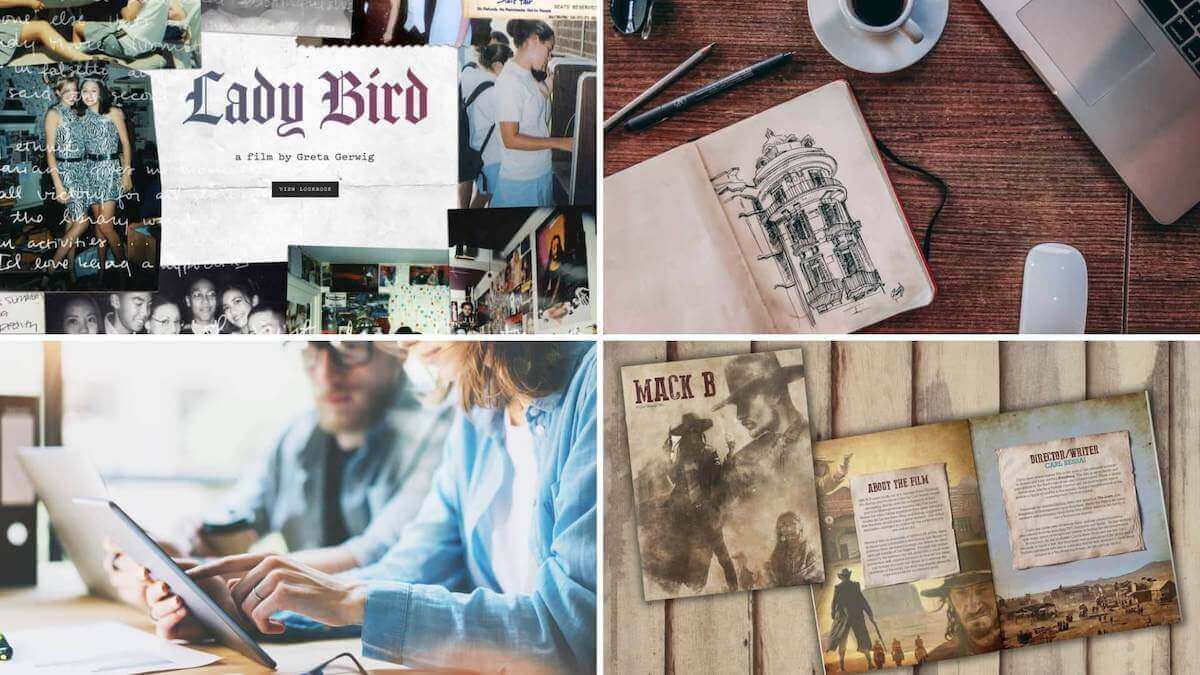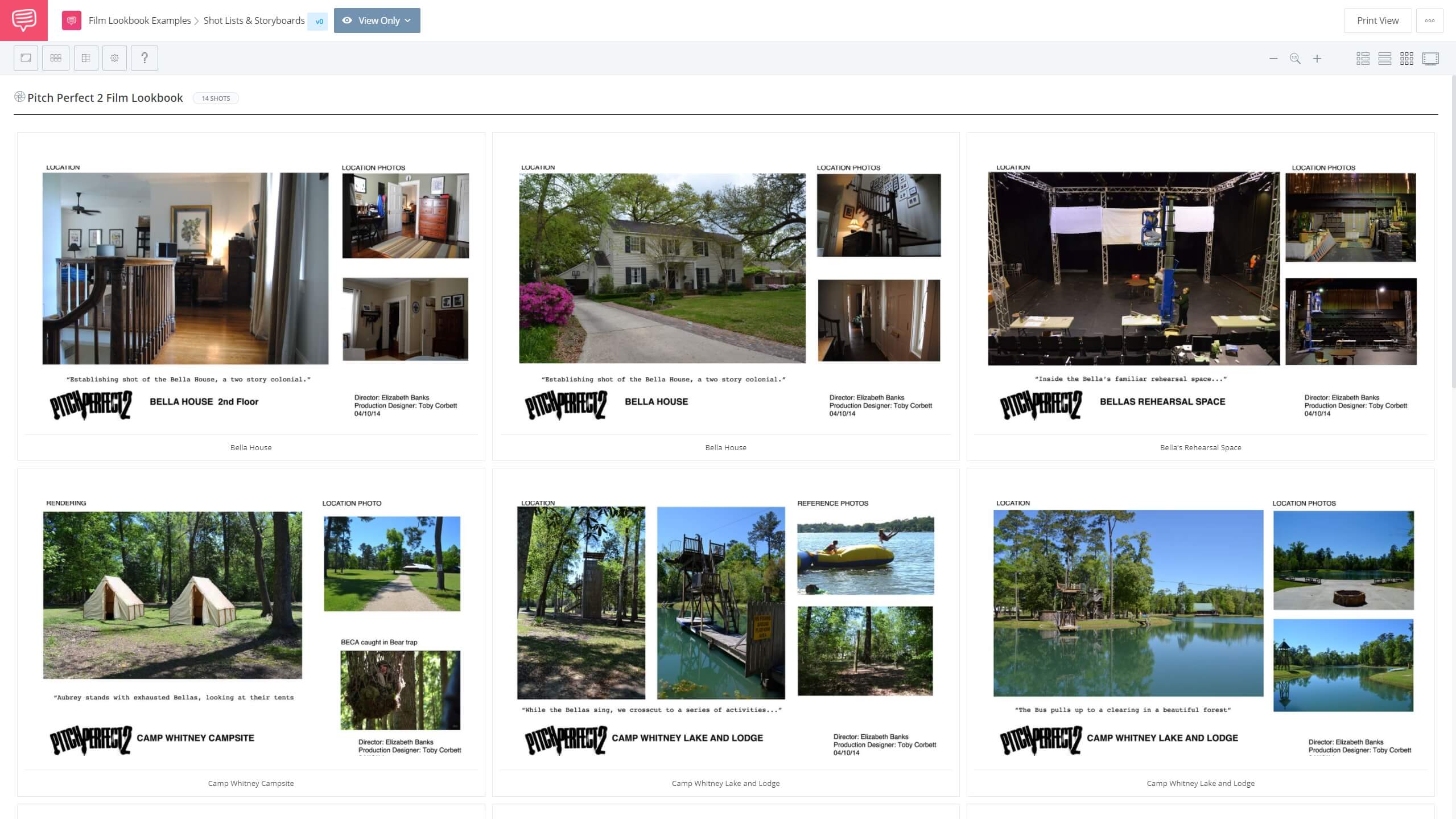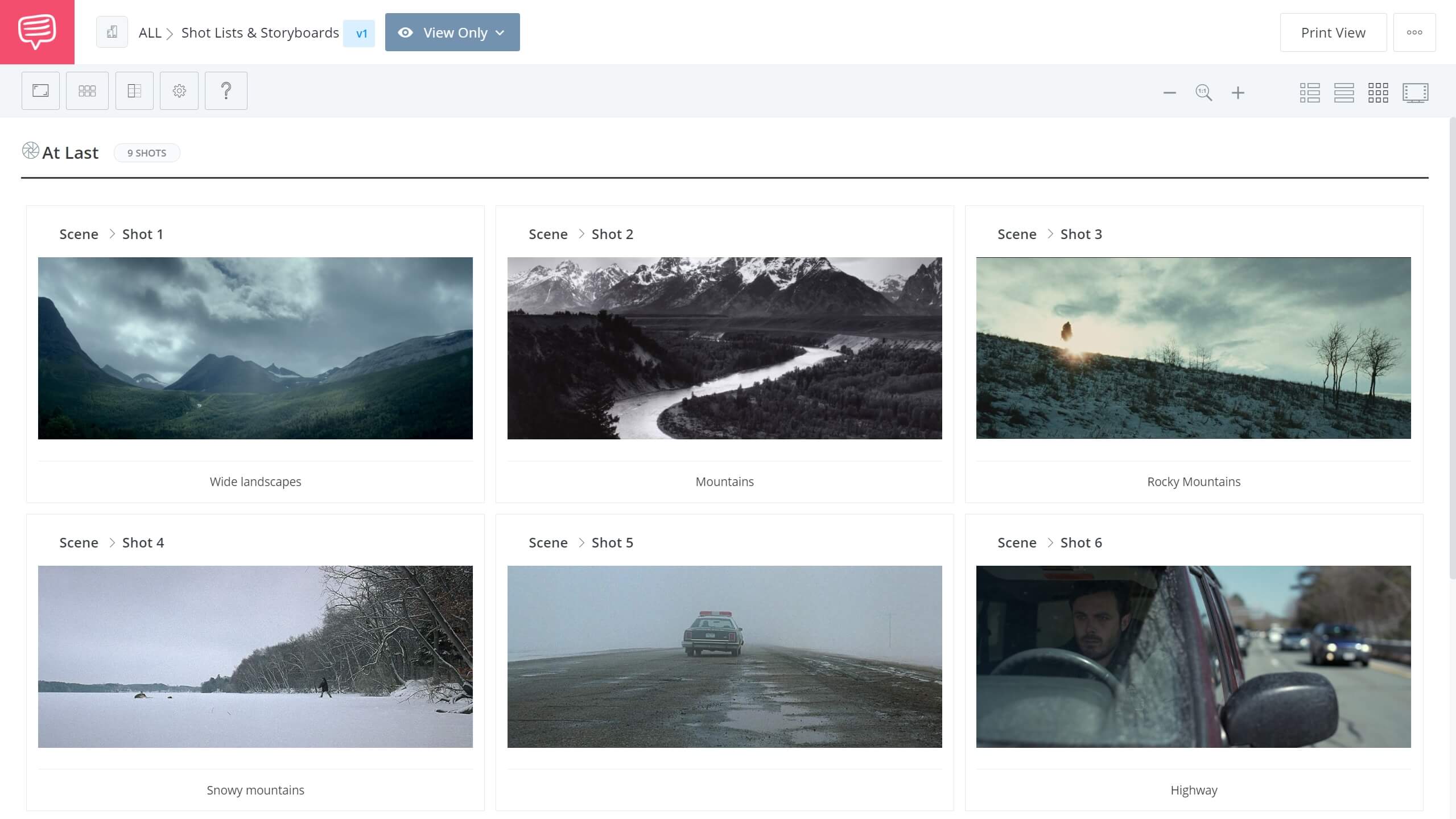A crucial part of filmmaking lies in preparation during pre-production. Developing an idea of what a film will look and feel like takes some deep thinking. Creating a film lookbook is a great way to compile all of these thoughts into one place for your benefit and the benefit of the entire film crew. In this article, we’ll take a look at the components of a lookbook, some film lookbook examples, and how to make a film lookbook.
Feature film lookbook
Defining a lookbook
The lookbook is a tool used in various industries from fashion to film to business. A film lookbook is distinct in what is included in the book and what it is designed to do. Let’s take a look at the definition to better understand how to use and create one.
LOOKBOOK DEFINITION
What is a lookbook?
A lookbook is a collection of movie stills, photographs, or any other visuals that are compiled to illustrate a filmmaker’s vision for a film. A lookbook functions as a reference for how a film will look and feel from various cinematic elements such as cinematography, production design, or casting.
Most lookbooks aim to visually communicate ideas and concepts for things like colors, lighting styles, moods, and other referential visuals.
What is a lookbook used for?
- As a reference for all creative departments
- Honing in on the overall visual tone of a film
- Communicating ideas visually
How to make a film lookbook
What is a lookbook used for?
Lookbooks are a great tool for filmmakers to use for multiple reasons. The visual blueprint that a lookbook provides benefits the cinematographer, director, and the entire film crew.
Asking the important questions
First and foremost, a lookbook is used to benefit you as the filmmaker whatever role you are in. The process of creating a lookbook entails asking yourself the important questions. For example, when creating a cinematography lookbook, you might ask these questions:
What type of mood should the lighting create? How can different compositional techniques help tell the story? What type of camera should I use? What type of lenses will be best?
The process of creating a lookbook will force you to answer these questions and create a more cohesive and detailed game plan during Pre-Production.
Collaborating with the director
Once you are able to assemble a lookbook that you are happy with, you’ll present it to the director and possibly producers. This will enable you all to collaborate and work out any differences.
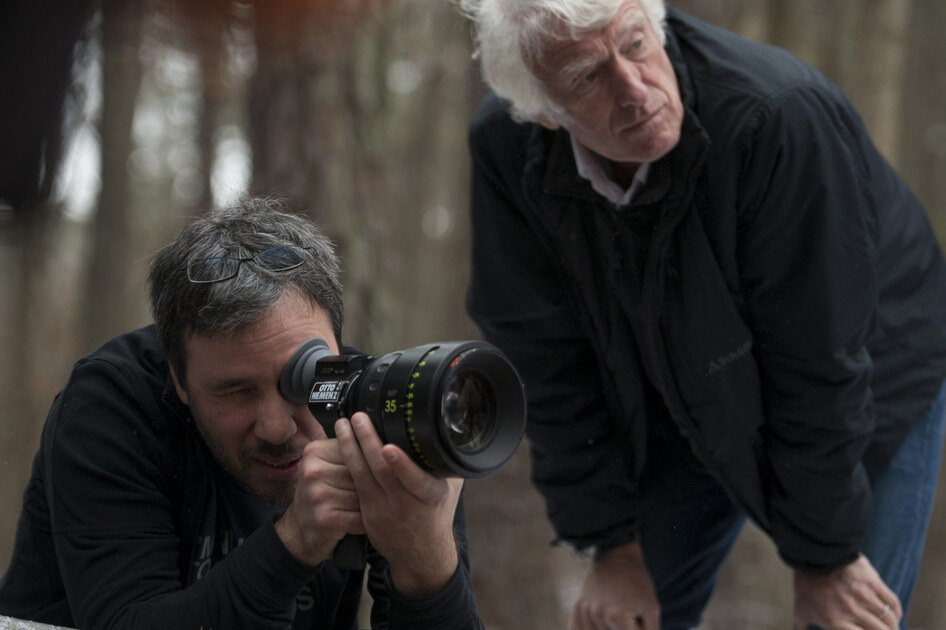
Directors lookbook examples
The lookbook is especially important during his part because it provides real visuals rather than wordy explanations. This will also ensure that you and your director are on the same page before heading into production.
Reference for shotlisting and storyboarding
Another function of the lookbook is to be a resource that you can come back to when you are stuck or at a blank. This is especially helpful when creating a shotlist or storyboard.
Check out why cinematographer Bradford Young uses lookbooks for his own benefit and for the benefit of others.
Creating a lookbook for film • Bradford Young
Lookbook for film examples
What to include in a lookbook
If you’re sold on the function and benefits of a cinematography lookbook, let’s dig into how to create one. First, you’ll need to understand everything that goes into a lookbook.
Mood and tone
One of the primary goals of a cinematography lookbook is to establish the type of mood and tone that will be created through various elements. If you are a cinematographer this may be through lighting.
Softer lighting styles are used for comedies or romances. Or it can be dramatic lighting as found in thrillers and dramas.
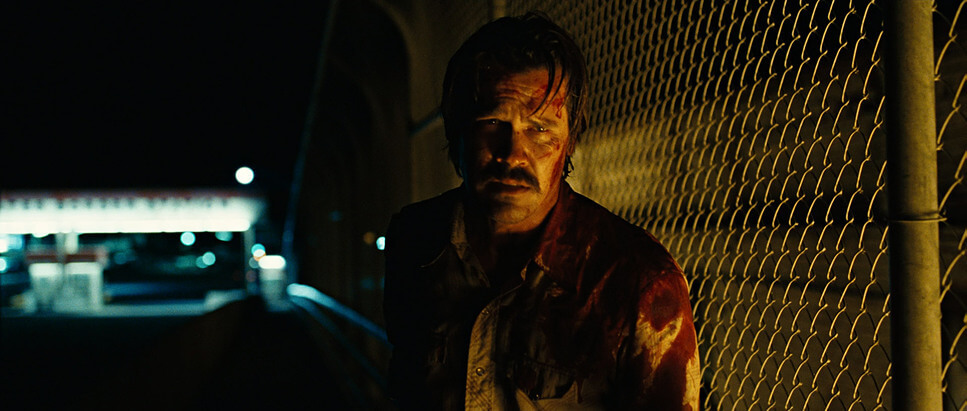
No Country for Old Men • Film lookbook examples
This portion will communicate how dark or light you envision a scene. You may also note specific color temperatures or specific shadow harshness that create a specific mood or tone. Find photos or stills that depict these ideas.
Visual scale
Different filmmakers have different approaches to how they used the frame. Some filmmakers are rigid and choose to shoot entire films in a single prime lens. Others use various types of camera lenses in the same film.
Check out our video breakdown of the different types of camera lenses to help you decide which one best suits your vision.
Ultimate Guide to Camera Lenses • Subscribe on YouTube
Your lookbook is where you can compile sample shots of the type of look created from the lens you desire. Perhaps you like the look of wide lenses for dialogue scenes. Maybe you like the look of an anamorphic lens. Find stills of a film shot to give a visual example of the lens that you desire.

Film lookbook examples • La La Land
Compositions
A lookbook is also a great opportunity to dive into any specific compositional techniques that you wish to employ for the film. This can be something like the quadrant system found in Drive or precise centralized symmetry that is a distinct aspect of Wes Anderson’s directing style.
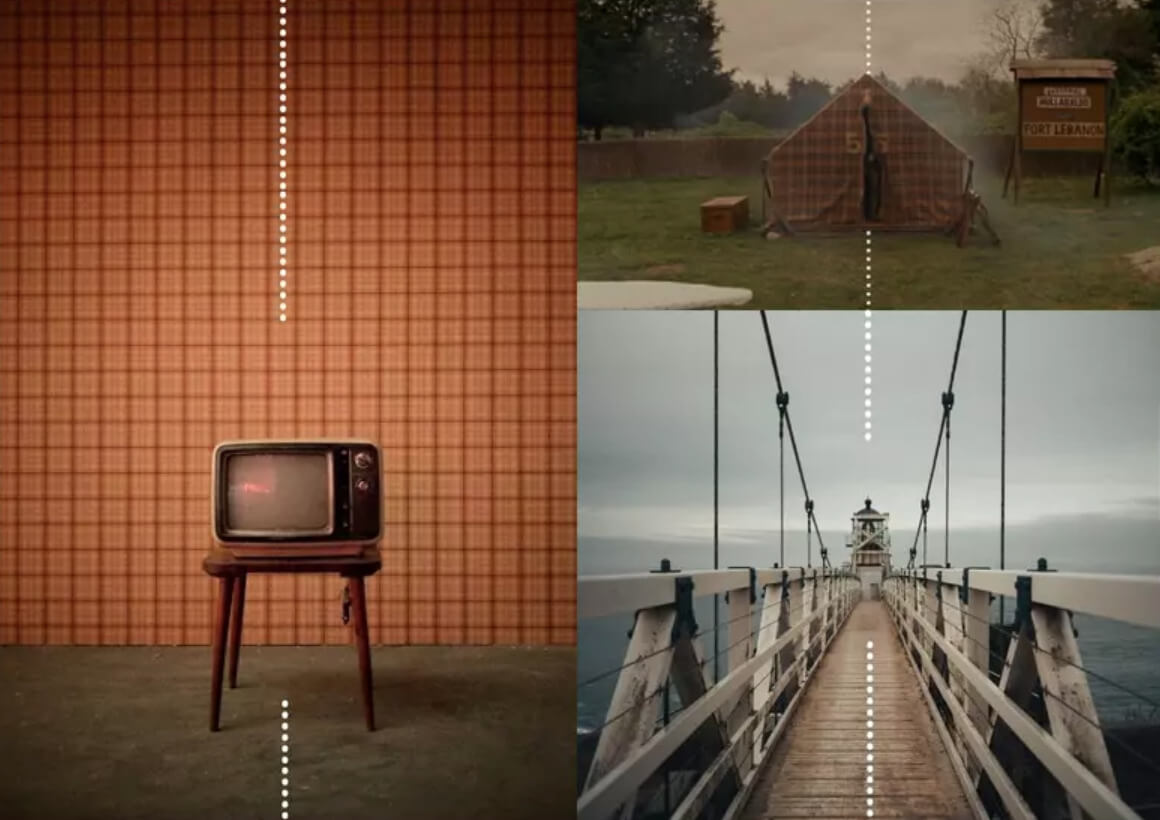
Wes Anderson’s Film lookbook examples
Location details
Typically, cinematographers collaborate heavily with production designers. Things like light sources, windows, natural light, and practical lighting fall into a grey area between production design and cinematography.
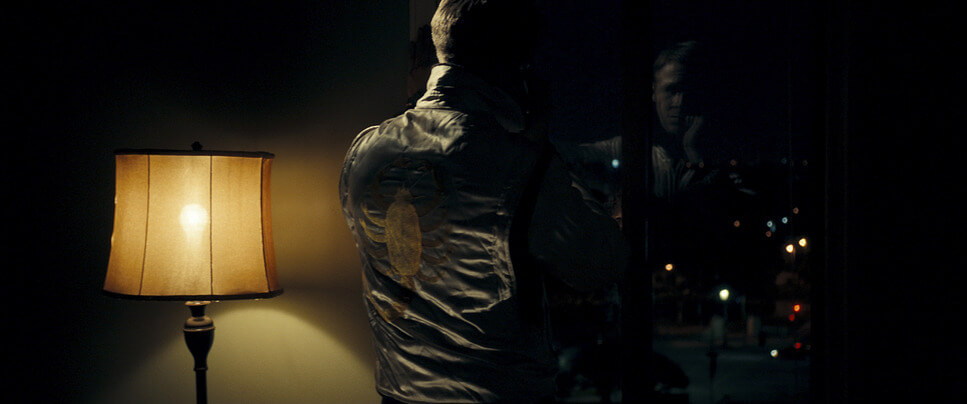
Drive • Film lookbook examples
Including some images about location details such as windows, architecture, practical lights, or color schemes can be used to visually collaborate with the production designer.
Color
Color in filmmaking an important aspect of a cinematic vision for a cinematographer. Find movie stills or photographs that illustrate how vibrant you envision a shot or what colors you might use through lighting and gels.
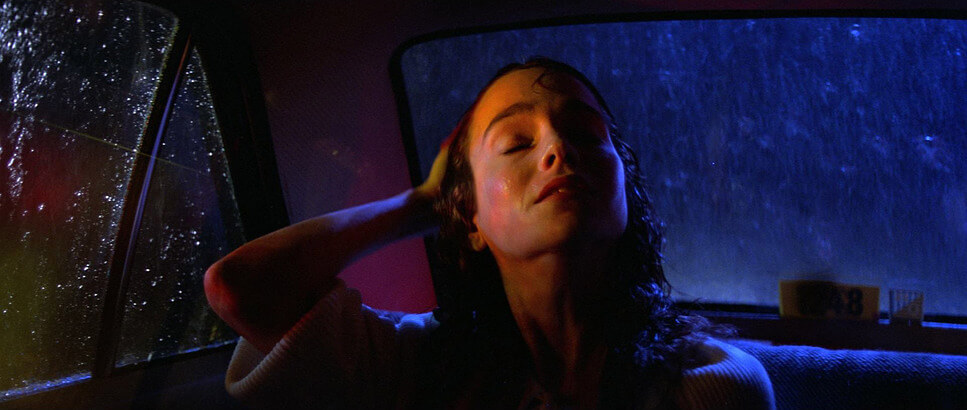
Suspiria • Film lookbook examples
A great place to find inspiration for your film and lookbook is online libraries. ShotDeck is a movie still database created by cinematographer Lawrence Sher exactly for this reason. You can't search by lens types, lighting styles, movie titles, and more.
Film Grab is also a great online resource to find movie still samples.
Also feel free to include samples beyond cinema. Photography, paintings, or any other visual source of inspiration can be thrown into a lookbook. Whatever benefits you and illustrates your ideas best should be included.
Set Design
Lookbooks are not only used by cinematographers. They are frequently used by production designers to visually communicate their ideas for the set of a film or scene. Take a look at this film lookbook example from Toby Corbett, the production designer for Pitch Perfect 2.
We brought in the pages of the lookbook into the StudioBinder storyboarding app so that you can see this film lookbook example in full.
Notice how in addition to the visuals Toby provides, he uses words to describe the set such as “colonial” or “fallen into disrepair.” In this film lookbook example, Toby also used reference photos of possible locations.
Once you’ve compiled a library of various photographs, movie stills, and even painting to illustrate your vision, it’s time to organize them into a lookbook.
Related Posts
How to make a film lookbook
How to make a lookbook
The first step in organizing your catalog into a lookbook is enlisting the help of a lookbook software. StudioBinder’s free storyboard software works perfectly for organizing your movie stills and images into an easy to navigate lookbook.
Here’s a cinematography film lookbook example that we created so you can get a better idea of how to create your own.
StudioBinder • How to make a lookbook
Lookbooks created with StudioBinder’s storyboard software can be shared online and easily changed and added to. Other sites like FilmSnack, Canva, and Adobe InDesign are all other great places to design lookbooks that can be printed or shared as a PDF file.
Whatever software you do use, section your lookbook into appropriate segments. These segments can be visual characteristics like lighting, set design, composition, camera lenses, and color. Another way to segment off your lookbook would be by location or even plot.
UP NEXT
The Ultimate Guide to Camera Shots
Lookbooks are filled with a variety of camera shots for visual references. If you’re looking to kick start your lookbook and gain some inspiration, check out our next article. We take a look at every type of camera shot from angles to compositions to framing.
Up Next: Guide to Camera Shots →
Showcase your vision with elegant shot lists and storyboards.
Create robust and customizable shot lists. Upload images to make storyboards and slideshows.
